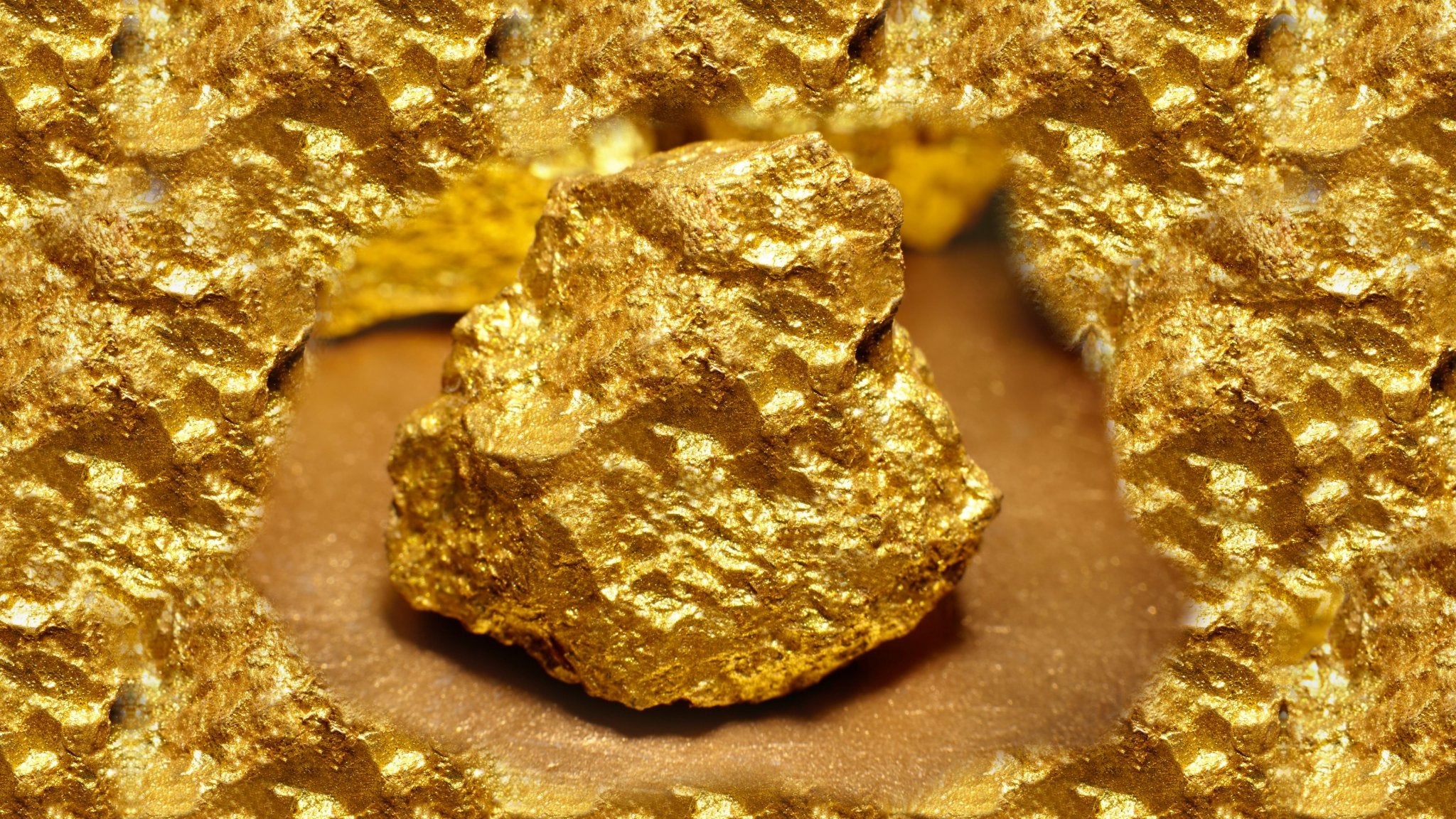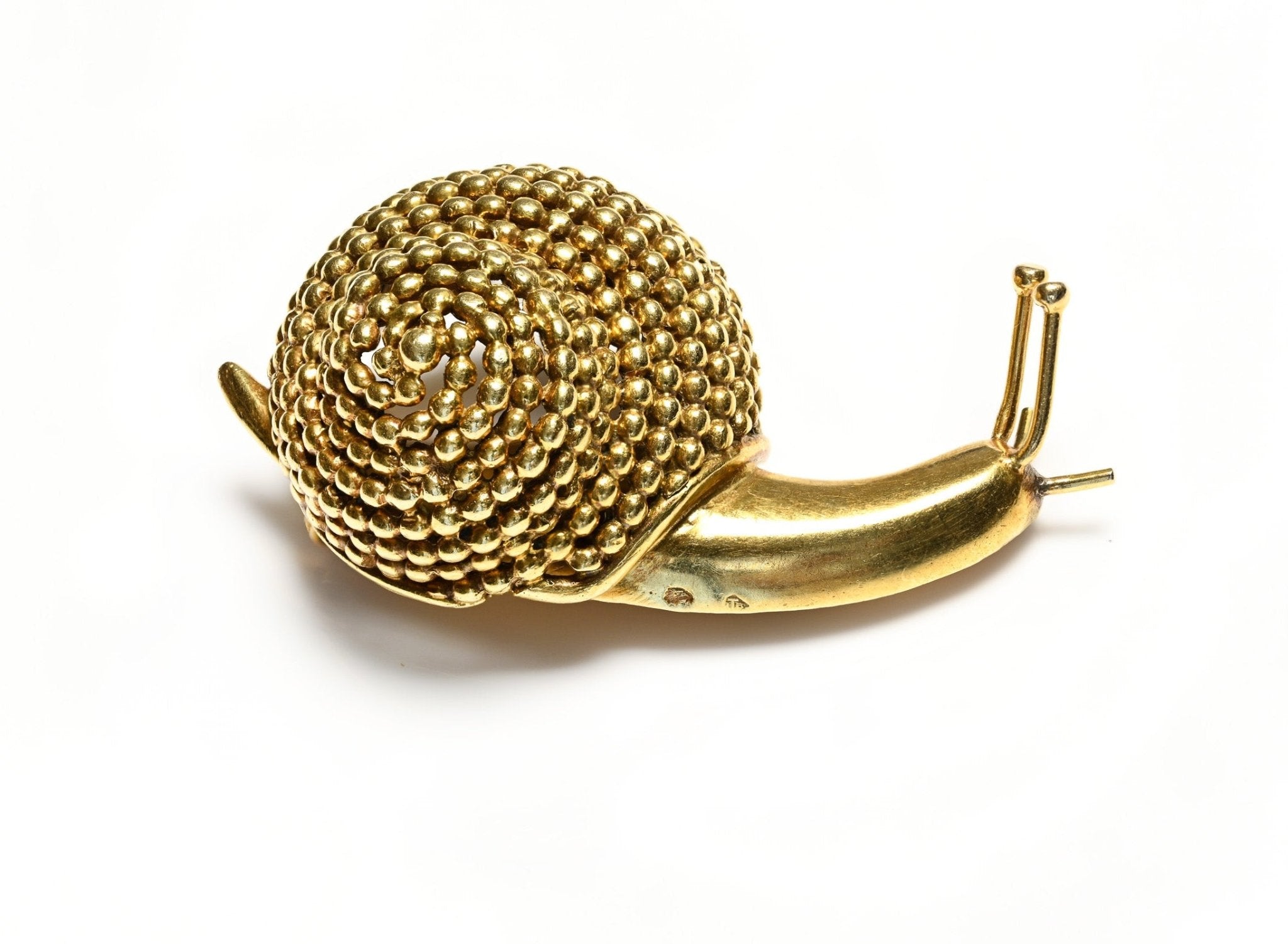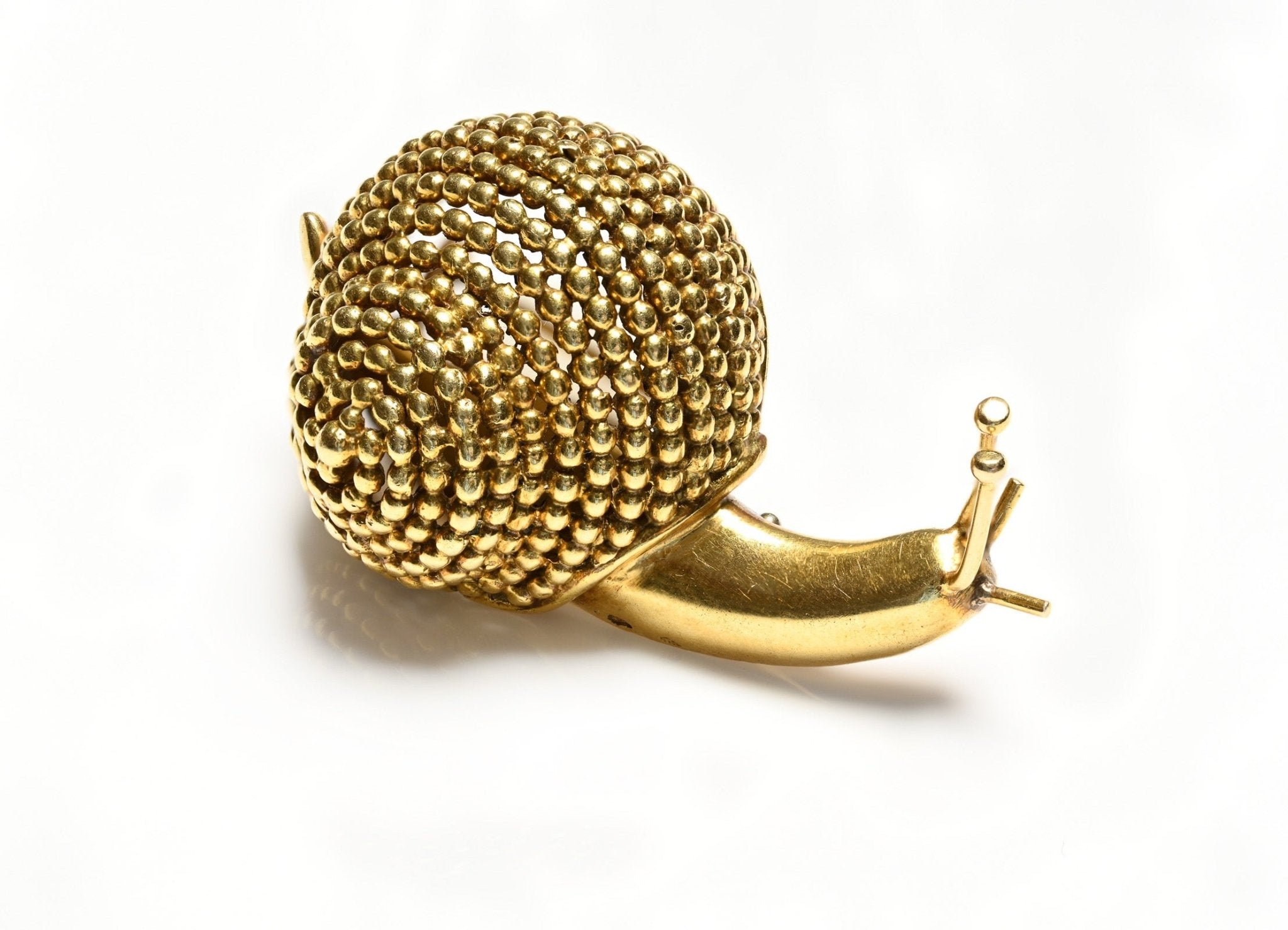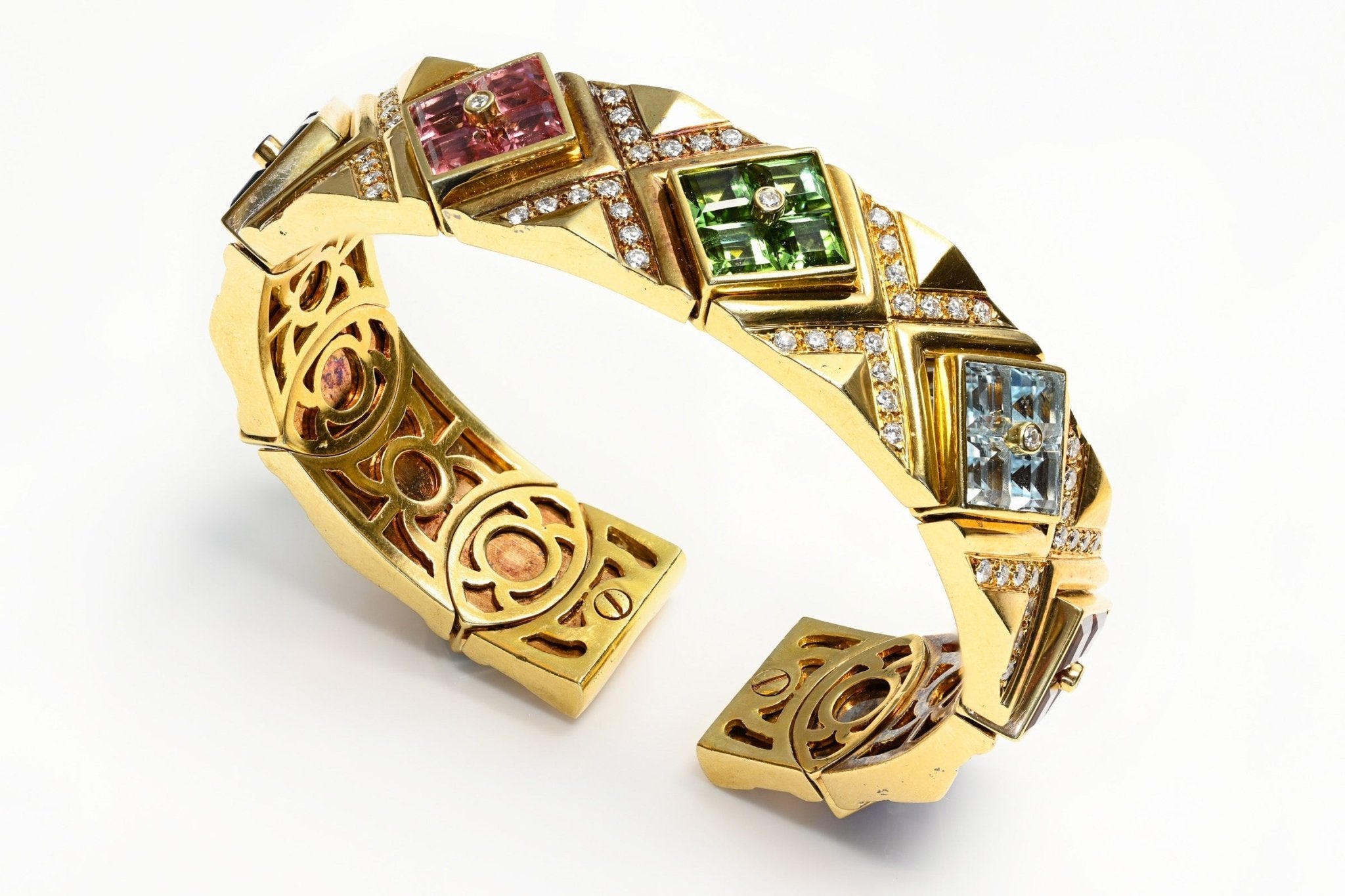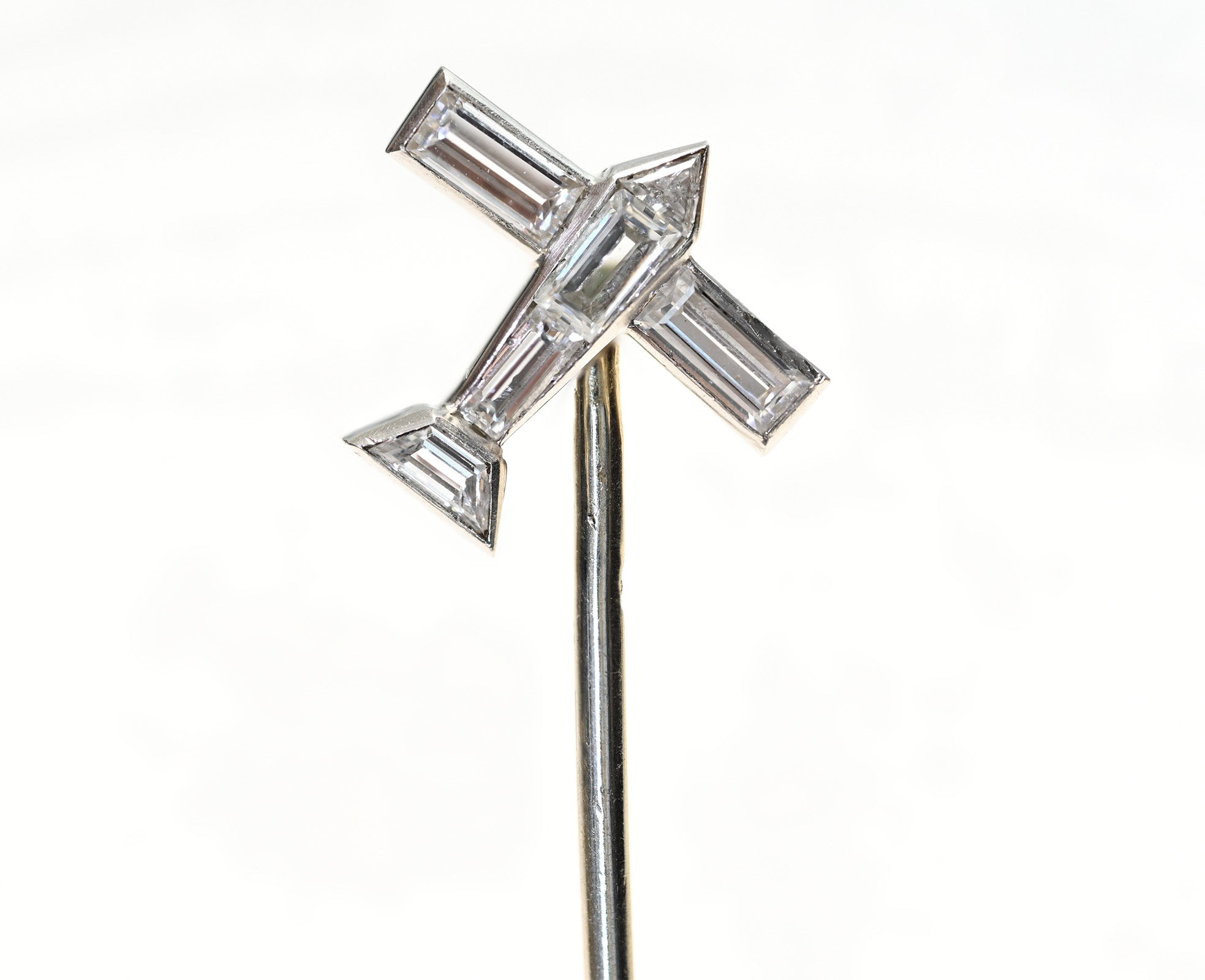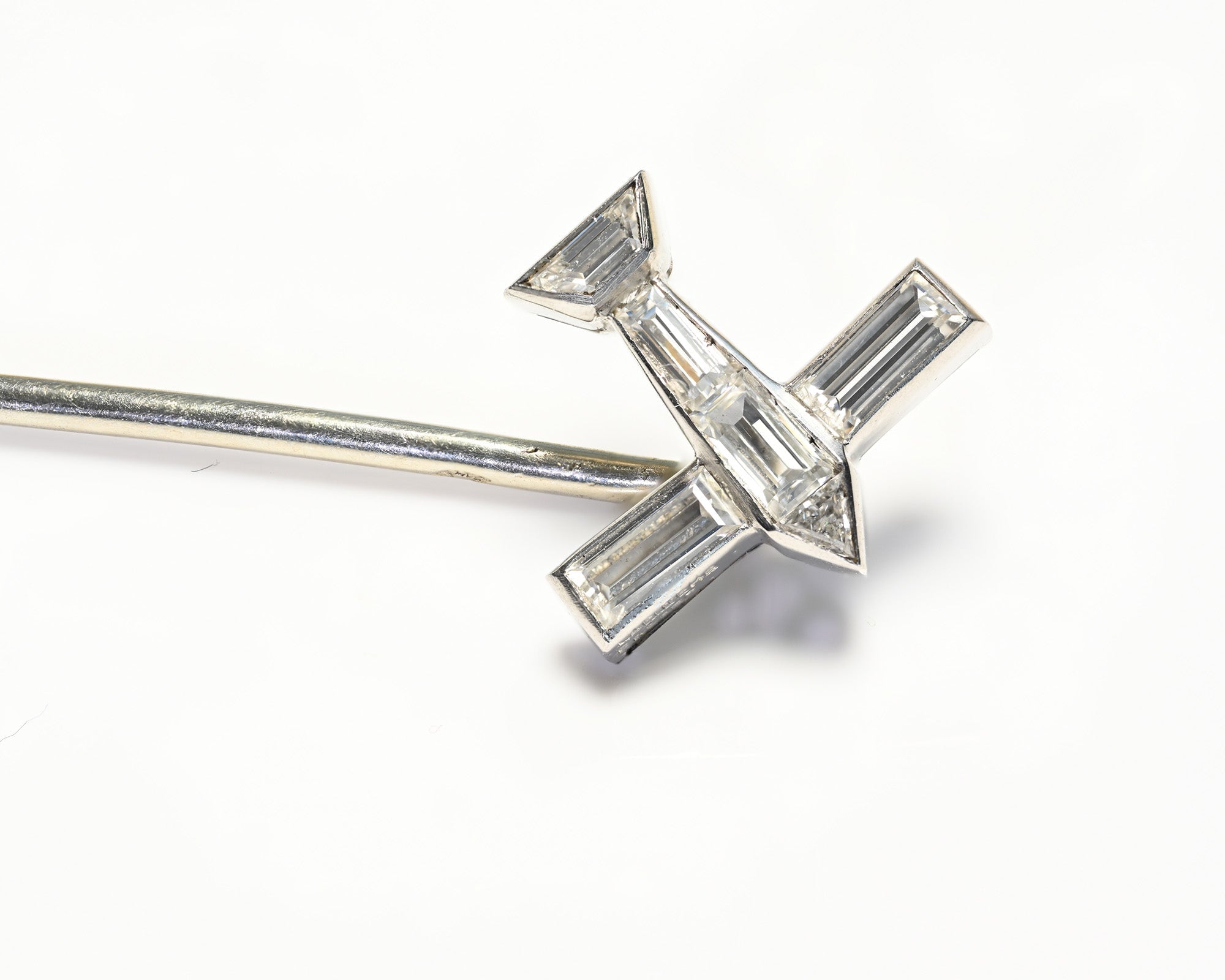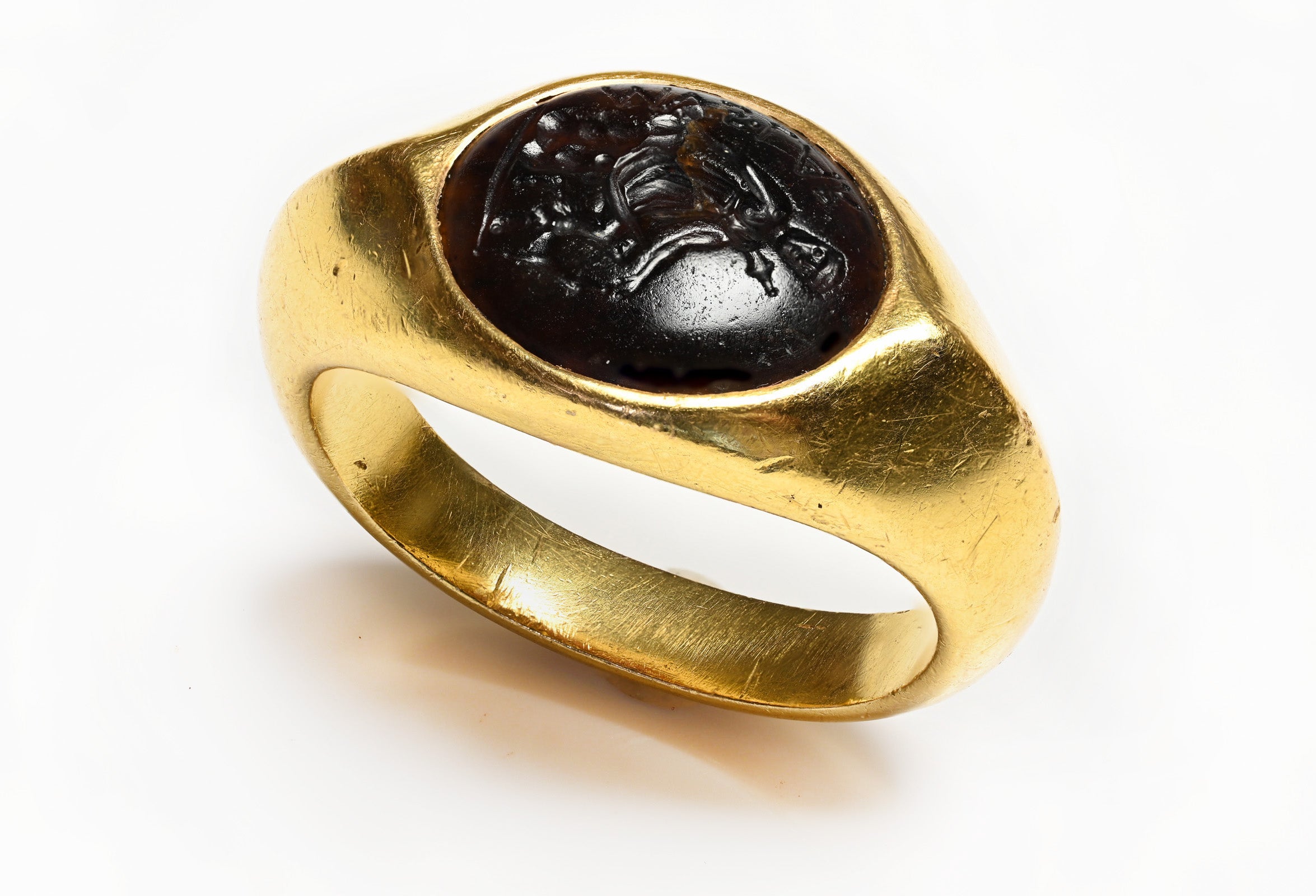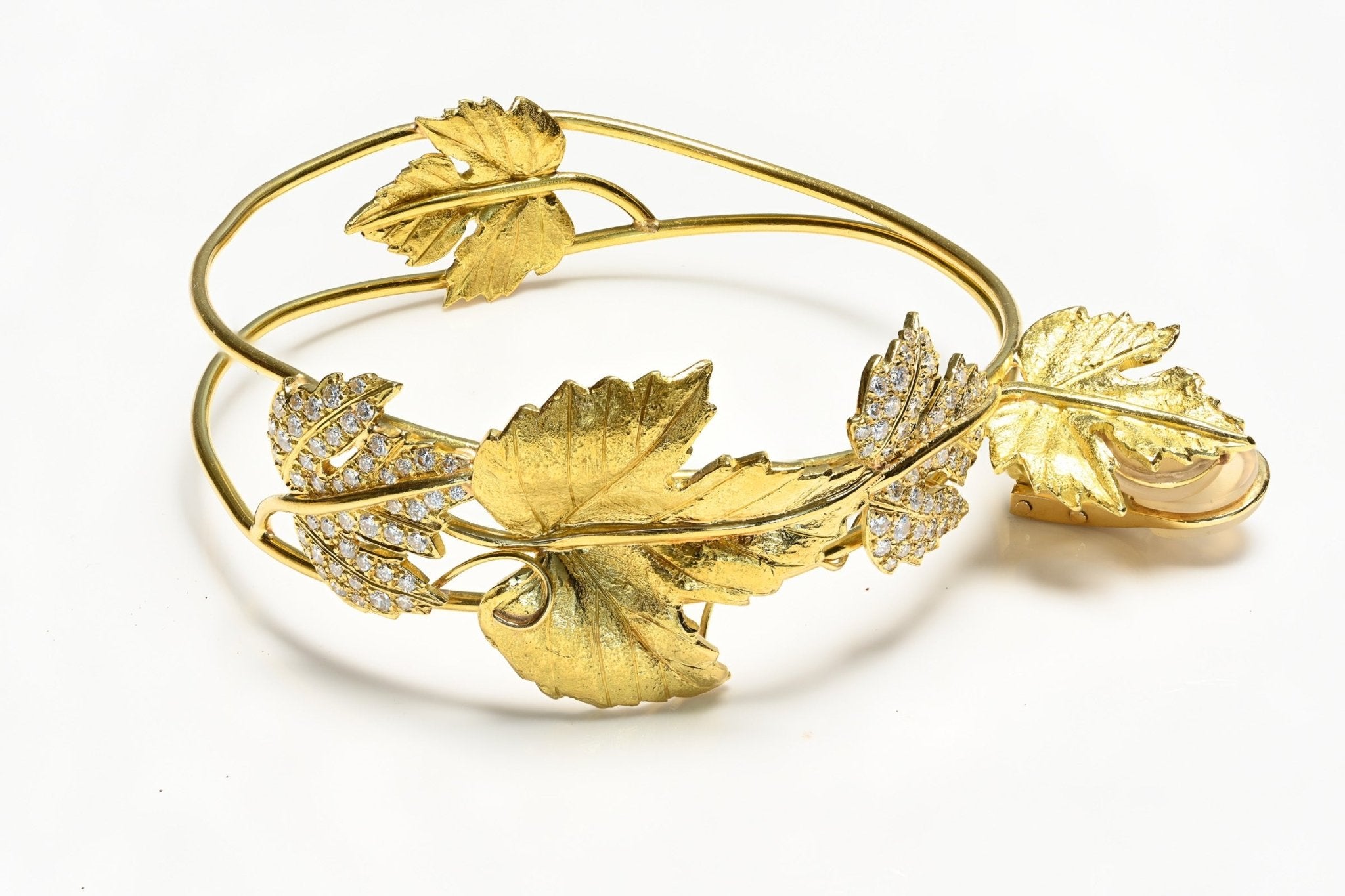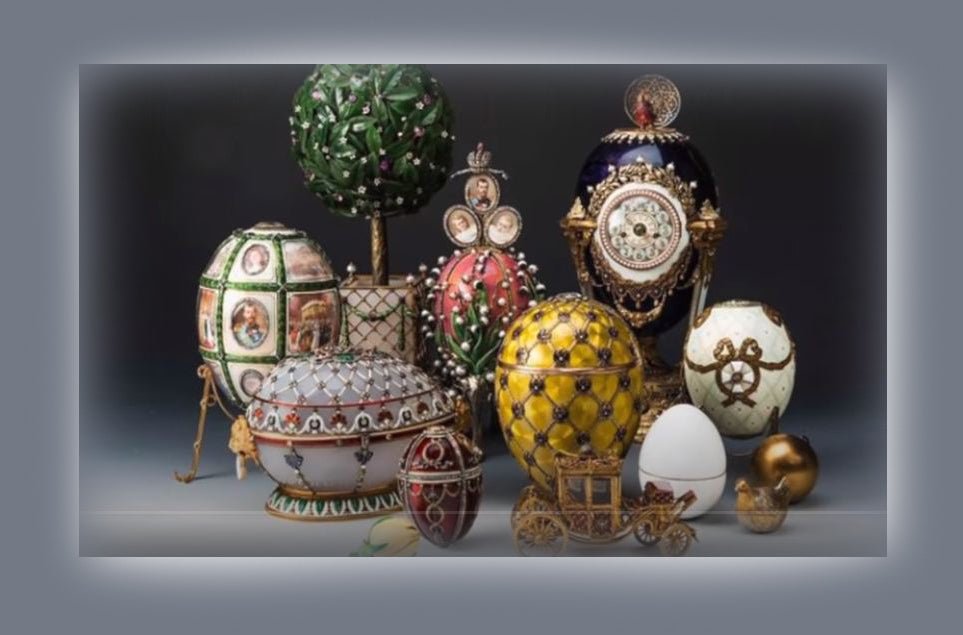
Fabergé Eggs - The History Of The World's Most Luxurious Jewelry
One of the famous Fabergé egg collectors was the American businessman Forbes, who owned 9 of the 69 known luxurious jewelry pieces made by the famous house.
Famous worldwide and considered rare and exquisite, Fabergé eggs were created for imperial Russia’s royal Romanov family.
Their fascinating history begins in 1885 when Emperor Alexander III, through his uncle, Grand Duke Vladimir, commissioned Peter Carl Fabergé to create a jeweled egg as an Easter gift for his wife, Empress Maria Feodorovna, to celebrate 20 years since their engagement.
The Tzar wanted to delight his wife, who had spent her early years as a Danish princess before leaving Copenhagen to marry him, with a special gift so he turned to Peter Carl Fabergé, a master goldsmith known for perfectly crafting fine objects and jewelry, according to Bonton.
It is believed that, well-versed in the history of art, Peter Carl Fabergé based his first egg on the 18th-century Saxon Royal Egg, which he had seen in the Green Vault museum in Dresden — a gold egg that encased a gold hen, a gold crown, and a ring.
Apparently inspired by the amazing goldsmithing he studied in Dresden, Fabergé created his own version of the Easter Egg, in white enamel. The shell of the two-and-a-half inches tall egg opened to reveal a gold yolk that concealed a small gold hen, perfectly rendered in three color gold. The hen opened to yield a tiny diamond crown that held a ruby pendant.
The Tsarina was so delighted with the egg that Alexander III immediately put in a standing order for a yearly egg and gave Fabergé the title of "Goldsmith by Special Appointment to the Imperial Crown". From that moment on, Peter Carl Fabergé became the jeweler of the imperial court and each year created an egg jewel, which the tsar offered to his wife, on the occasion of the Easter holiday.
"Fabergé was given the opportunity to develop—year after year, in a kind of crescendo between 1885 and 1916—his concept of the most luxurious and ingenious object that a tsar could give to his spouse for Easter," said Fabergé expert Dr. Géza von Habsburg.
The tradition initiated by tzar Alexander III was continued by his son, Nicholas II, who increased the standing order to two eggs a year - one egg for his beloved mother Empress Maria Feodorovna, and one for his wife.
The Most Famous Fabergé Eggs In History
The Coronation Egg
Fabergé eggs are made of gold or silver and are adorned with precious or semi-precious stones. They are seen as the sum of perfection, luxury, and elegance.

The story is as follows. The imperial family went on a boat trip. On the way, they were shipwrecked. The tsarina organized the evacuation of the women and children. The people disembarked first into the boat, helped by "chains" made of sheets. The Empress was the last to leave the imperial yacht. And as a tribute to that, Fabergé made a surprise egg, inside which is the tiny replica of this special ship.
The Standart Yacht Egg is now exhibited in the State Museum of the Moscow Kremlin.
The Caucasian Egg
Another famous Fabergé egg created in 1893 "in memoriam" is the "Caucasian Egg". It has one of the saddest histories.
The egg is made of yellow and varicolored gold, silver, ruby enamel, rose-cut diamonds, portrait diamonds, platinum, ivory, pearls, rock crystal, and watercolor on ivory.
Famous worldwide and considered rare and exquisite, Fabergé eggs were created for imperial Russia’s royal Romanov family.
Their fascinating history begins in 1885 when Emperor Alexander III, through his uncle, Grand Duke Vladimir, commissioned Peter Carl Fabergé to create a jeweled egg as an Easter gift for his wife, Empress Maria Feodorovna, to celebrate 20 years since their engagement.
The History Of First Fabergé Egg
The Tzar wanted to delight his wife, who had spent her early years as a Danish princess before leaving Copenhagen to marry him, with a special gift so he turned to Peter Carl Fabergé, a master goldsmith known for perfectly crafting fine objects and jewelry, according to Bonton.
It is believed that, well-versed in the history of art, Peter Carl Fabergé based his first egg on the 18th-century Saxon Royal Egg, which he had seen in the Green Vault museum in Dresden — a gold egg that encased a gold hen, a gold crown, and a ring.
Apparently inspired by the amazing goldsmithing he studied in Dresden, Fabergé created his own version of the Easter Egg, in white enamel. The shell of the two-and-a-half inches tall egg opened to reveal a gold yolk that concealed a small gold hen, perfectly rendered in three color gold. The hen opened to yield a tiny diamond crown that held a ruby pendant.
The Tsarina was so delighted with the egg that Alexander III immediately put in a standing order for a yearly egg and gave Fabergé the title of "Goldsmith by Special Appointment to the Imperial Crown". From that moment on, Peter Carl Fabergé became the jeweler of the imperial court and each year created an egg jewel, which the tsar offered to his wife, on the occasion of the Easter holiday.
"Fabergé was given the opportunity to develop—year after year, in a kind of crescendo between 1885 and 1916—his concept of the most luxurious and ingenious object that a tsar could give to his spouse for Easter," said Fabergé expert Dr. Géza von Habsburg.
The tradition initiated by tzar Alexander III was continued by his son, Nicholas II, who increased the standing order to two eggs a year - one egg for his beloved mother Empress Maria Feodorovna, and one for his wife.
The Most Famous Fabergé Eggs In History
The Coronation Egg
Fabergé eggs are made of gold or silver and are adorned with precious or semi-precious stones. They are seen as the sum of perfection, luxury, and elegance.
These Fabergé eggs are also called surprise eggs because the moment you open them you find inside something unexpected. They were all unique, not even slightly similar, and each egg contained a surprise meaningful to the recipient.

Each Fabergé egg has a story about the life of the imperial family or celebrates important events of the time. The most famous is the egg made in 1897, which celebrates the coronation of Russia's last tsar, Nicholas II.
The Coronation Egg was given to the Empress as a gift to celebrate the tsar's coronation. It is covered in luminous, yellow-green enamel, since at the coronation the Empress wore a yellow-green dress, and the egg was made in her honor. the egg cradles a toy-sized chariot, a miniature replica of the one once owned by Catherine the Great and used in Nicholas and Alexandra’s own 1896 coronation procession.
The chariot was made by Fabergé but under the supervision of the master who created the imperial carriages. He stayed in Fabergé's workshop for a few months so that the master jeweler could reproduce exactly the imperial chariot.
The Coronation Egg is now in the Fabergé Museum in Sankt Petersburg.
The Standart Yach Egg
The Standart Yacht Egg was made in 1909 from transparent crystal, gold, and green enamel and also reached perfection.
The support in the form of two azure weaved dolphins has the basis of rock crystals. Inside the egg, Fabergé fixed the gold model of the "Standart" yacht strengthened on a wavy plate simulating water from rock crystal, precisely reproducing the appearance and equipment of the imperial yacht up to an imperial flag fluttering on a mast, tiny boats, and rotating gold wheel, Fabberger-eggs.com explained.

Each Fabergé egg has a story about the life of the imperial family or celebrates important events of the time. The most famous is the egg made in 1897, which celebrates the coronation of Russia's last tsar, Nicholas II.
The Coronation Egg was given to the Empress as a gift to celebrate the tsar's coronation. It is covered in luminous, yellow-green enamel, since at the coronation the Empress wore a yellow-green dress, and the egg was made in her honor. the egg cradles a toy-sized chariot, a miniature replica of the one once owned by Catherine the Great and used in Nicholas and Alexandra’s own 1896 coronation procession.
The chariot was made by Fabergé but under the supervision of the master who created the imperial carriages. He stayed in Fabergé's workshop for a few months so that the master jeweler could reproduce exactly the imperial chariot.
The Coronation Egg is now in the Fabergé Museum in Sankt Petersburg.
The Standart Yach Egg
The Standart Yacht Egg was made in 1909 from transparent crystal, gold, and green enamel and also reached perfection.
The support in the form of two azure weaved dolphins has the basis of rock crystals. Inside the egg, Fabergé fixed the gold model of the "Standart" yacht strengthened on a wavy plate simulating water from rock crystal, precisely reproducing the appearance and equipment of the imperial yacht up to an imperial flag fluttering on a mast, tiny boats, and rotating gold wheel, Fabberger-eggs.com explained.
The piece reproduces the model of the imperial ship and is guarded on each side by a crowned eagle.

The story is as follows. The imperial family went on a boat trip. On the way, they were shipwrecked. The tsarina organized the evacuation of the women and children. The people disembarked first into the boat, helped by "chains" made of sheets. The Empress was the last to leave the imperial yacht. And as a tribute to that, Fabergé made a surprise egg, inside which is the tiny replica of this special ship.
The Standart Yacht Egg is now exhibited in the State Museum of the Moscow Kremlin.
The Caucasian Egg
Another famous Fabergé egg created in 1893 "in memoriam" is the "Caucasian Egg". It has one of the saddest histories.
The egg is made of yellow and varicolored gold, silver, ruby enamel, rose-cut diamonds, portrait diamonds, platinum, ivory, pearls, rock crystal, and watercolor on ivory.
The jewel honors the memory of Grand Duke George, the brother of Tsar Alexander III.


The tsar's brother was diagnosed with tuberculosis and he went to live in the Caucasus, where he had cleaner air. He died in the Caucasus and then this egg commemorates Abastumani in the Caucasus (Georgia) where Grand Duke George spent most of his life.
Miniatures on the egg - signed by Krijitski - are revealed by opening four pearl-bordered doors around this beautiful piece of jewelry. Each door bears a diamond-set numeral of the year, forming the year 1893. Behind the hinged cover at the top is a portrait of the Grand Duke in his naval uniform.
The Steel Military Egg
In 1916, when World War I "showed its fangs", the Fabergé egg "Steel Military" was created. The jewel is now in the Kremlin's collection.

Miniatures on the egg - signed by Krijitski - are revealed by opening four pearl-bordered doors around this beautiful piece of jewelry. Each door bears a diamond-set numeral of the year, forming the year 1893. Behind the hinged cover at the top is a portrait of the Grand Duke in his naval uniform.
The Steel Military Egg
In 1916, when World War I "showed its fangs", the Fabergé egg "Steel Military" was created. The jewel is now in the Kremlin's collection.

The Tsar of Russia then told Fabergé that the egg should be neither of gold, nor of silver, nor of precious stones, because the moments are tragic, but that it should be something very simple and made without great expense.
Fabergé made an egg out of simple metal. He laid the egg on four pedestals representing four bombs.
Fabergé Eggs Are Collected By Famous People
One of Fabergé eggs great collectors was the American businessman Forbes. The businessman owned nine of the 69 known Fabergé eggs. The value of the nine eggs was estimated in 2004 at over $ 100 million.
Another great admirer of Fabergé was the industrialist Emanuel Nobel, the nephew of Alfred Nobel, the inventor of dynamite, who in 1913 ordered an "ice egg".
Nobel was a Swede who lived in Russia and made a huge fortune. He joined the Russian aristocracy and had a magnificent palace in St. Petersburg. He gave a lot of receptions. Being an elegant man by nature, at the table, in front of every lady was a Fabergé egg. The egg on the outside was in the flower of ice.
Fabergé made an egg out of simple metal. He laid the egg on four pedestals representing four bombs.
Fabergé Eggs Are Collected By Famous People
One of Fabergé eggs great collectors was the American businessman Forbes. The businessman owned nine of the 69 known Fabergé eggs. The value of the nine eggs was estimated in 2004 at over $ 100 million.
Another great admirer of Fabergé was the industrialist Emanuel Nobel, the nephew of Alfred Nobel, the inventor of dynamite, who in 1913 ordered an "ice egg".
Nobel was a Swede who lived in Russia and made a huge fortune. He joined the Russian aristocracy and had a magnificent palace in St. Petersburg. He gave a lot of receptions. Being an elegant man by nature, at the table, in front of every lady was a Fabergé egg. The egg on the outside was in the flower of ice.


